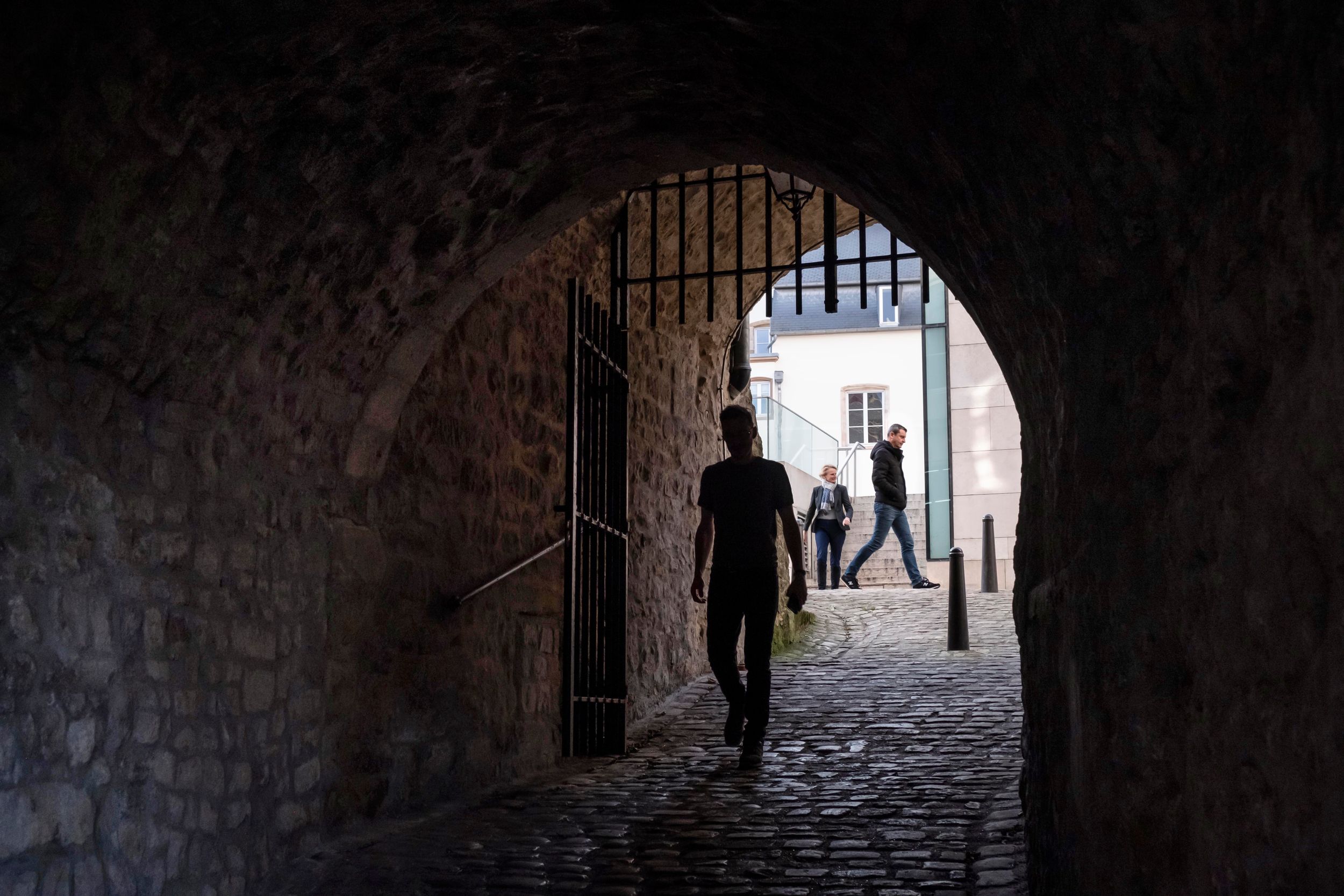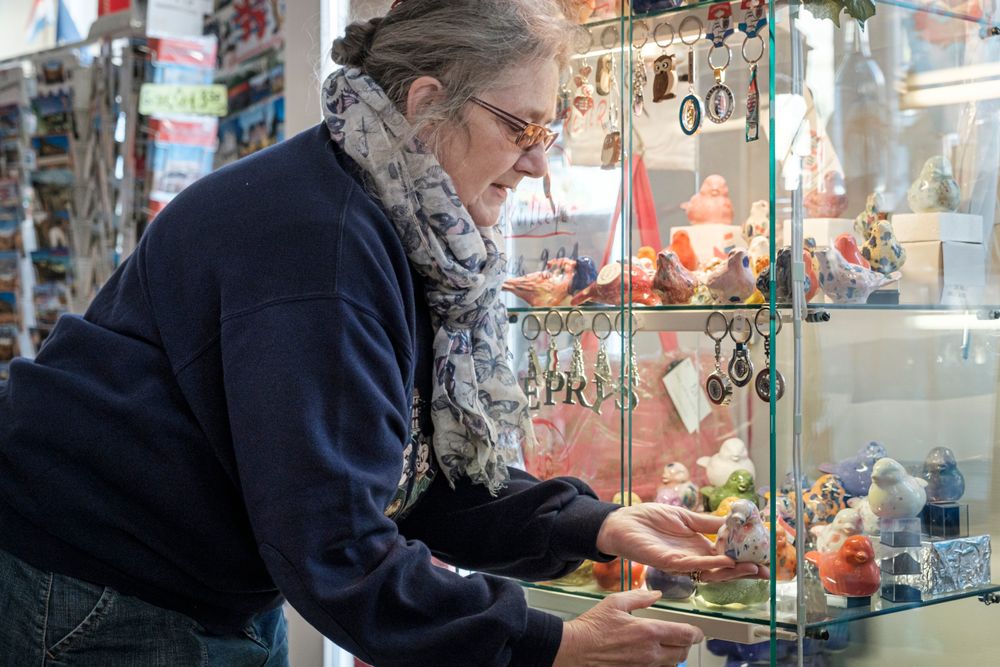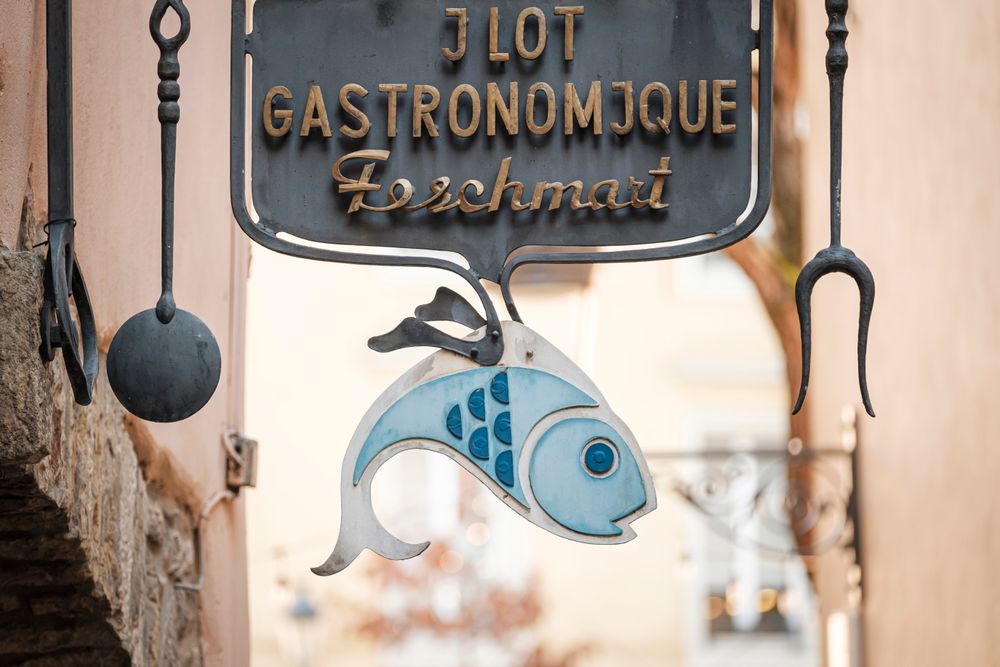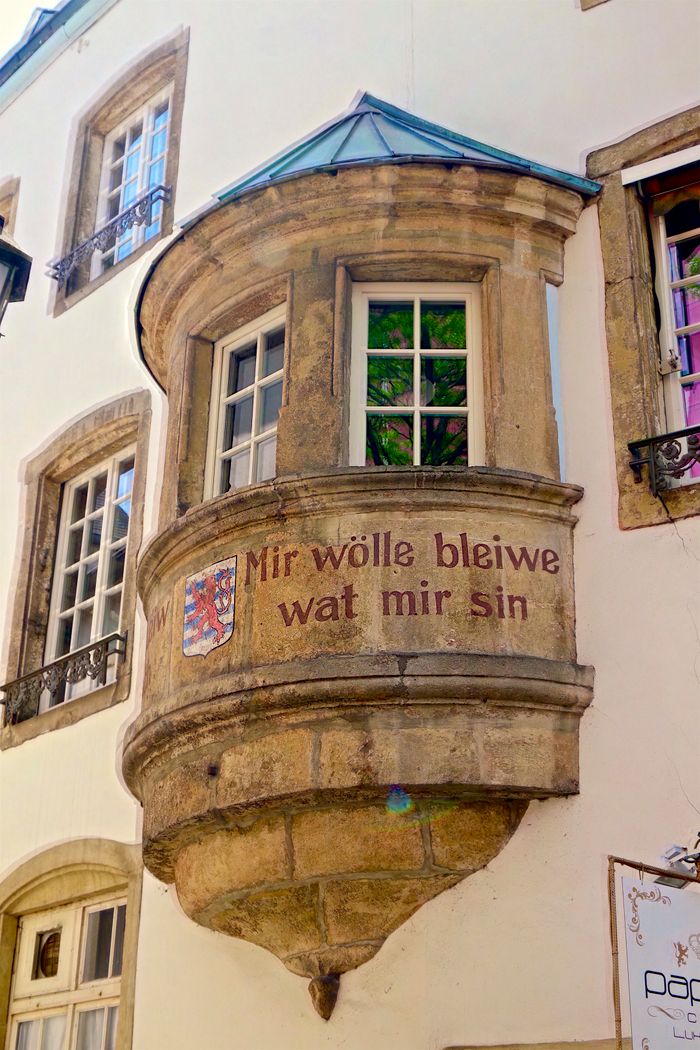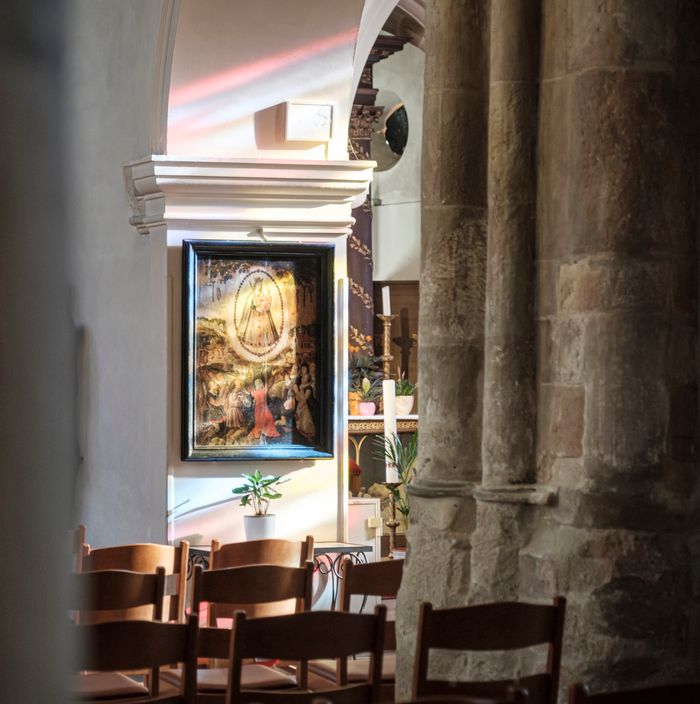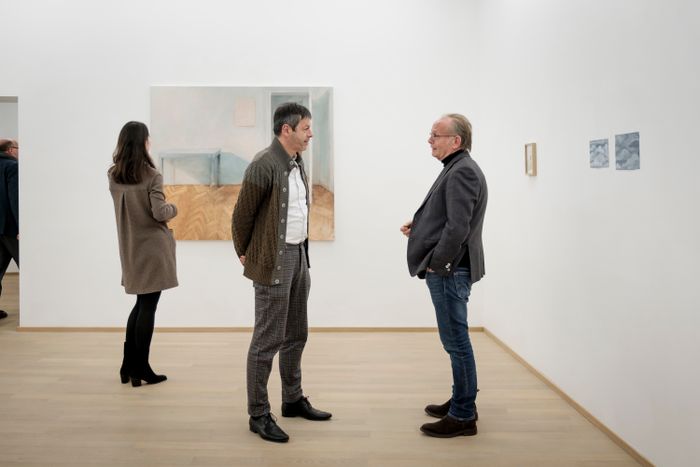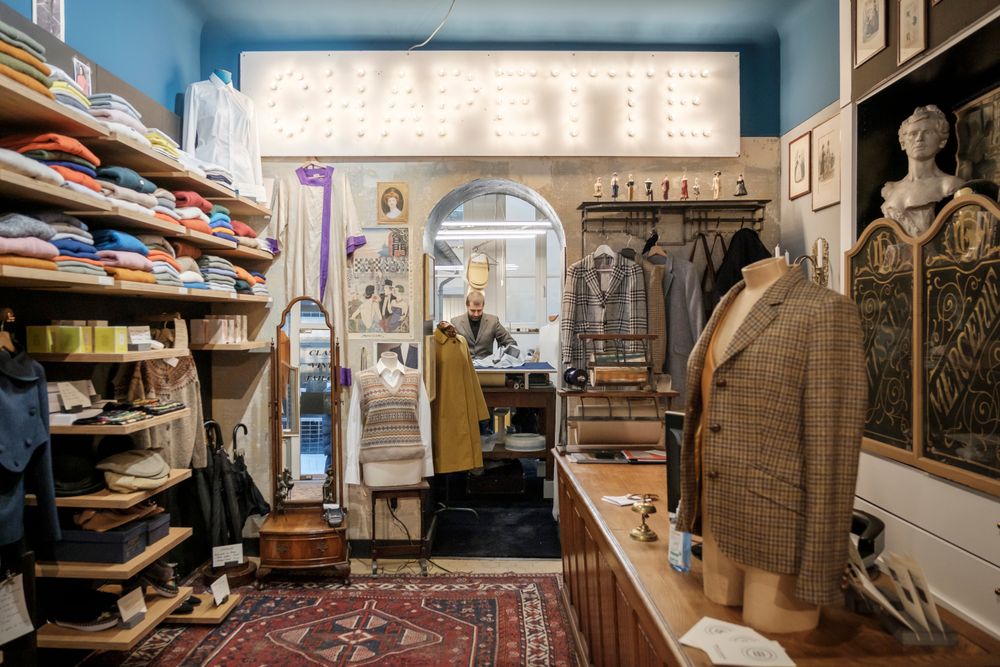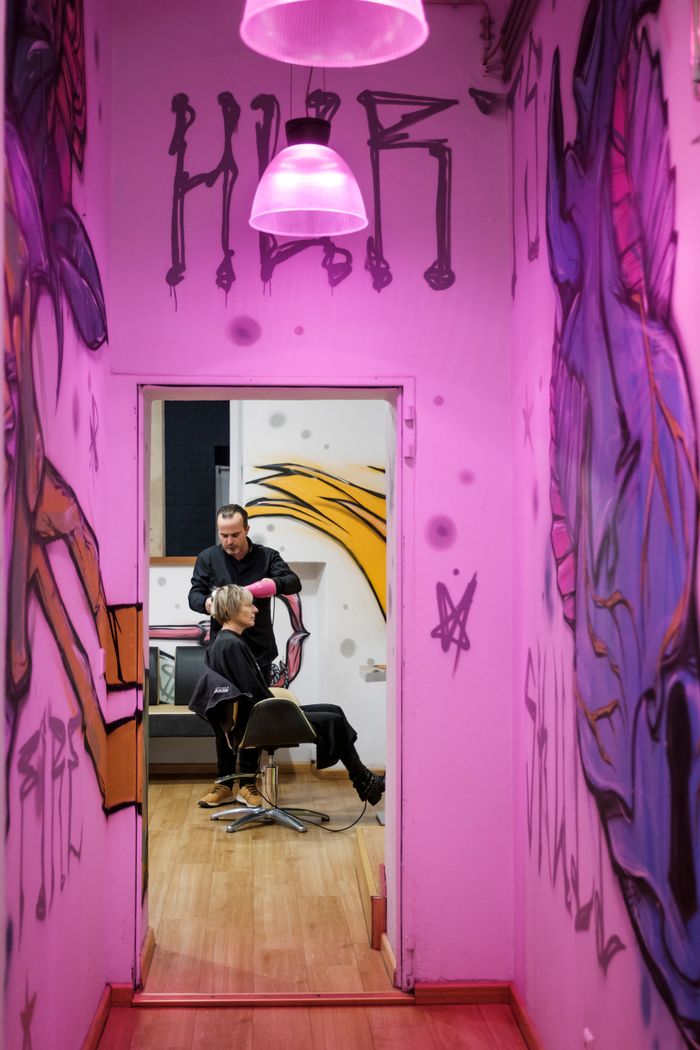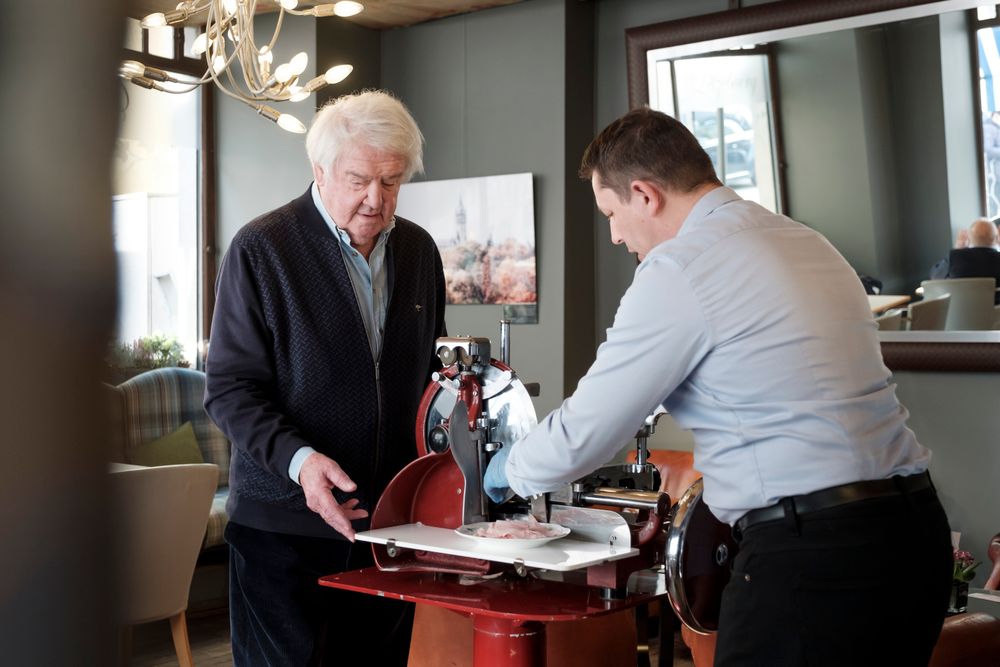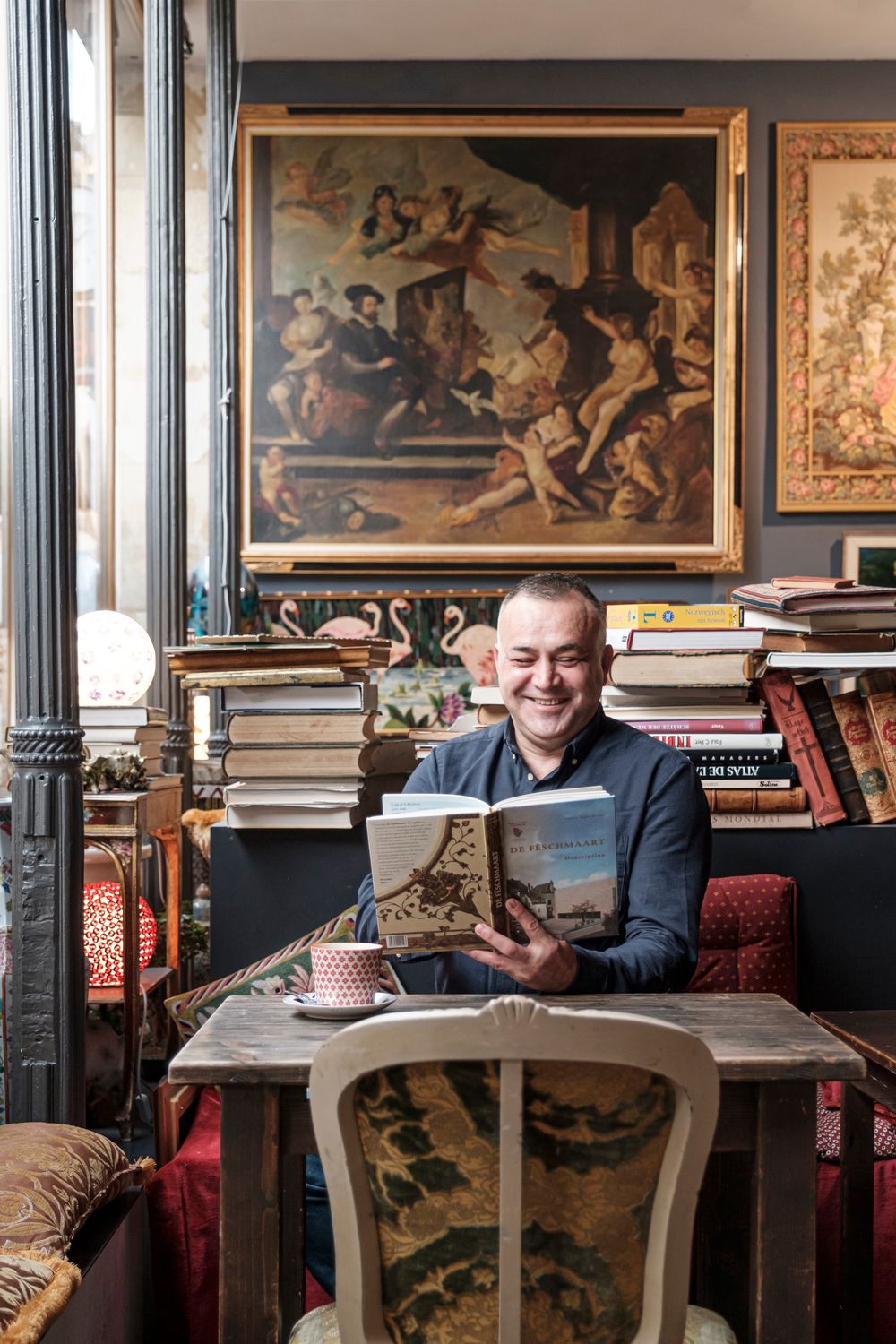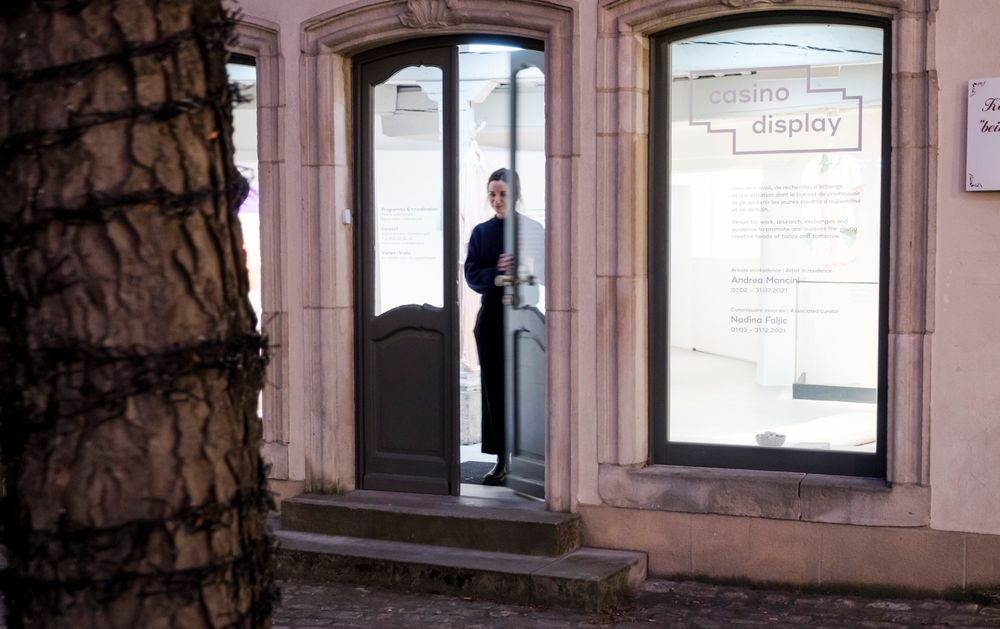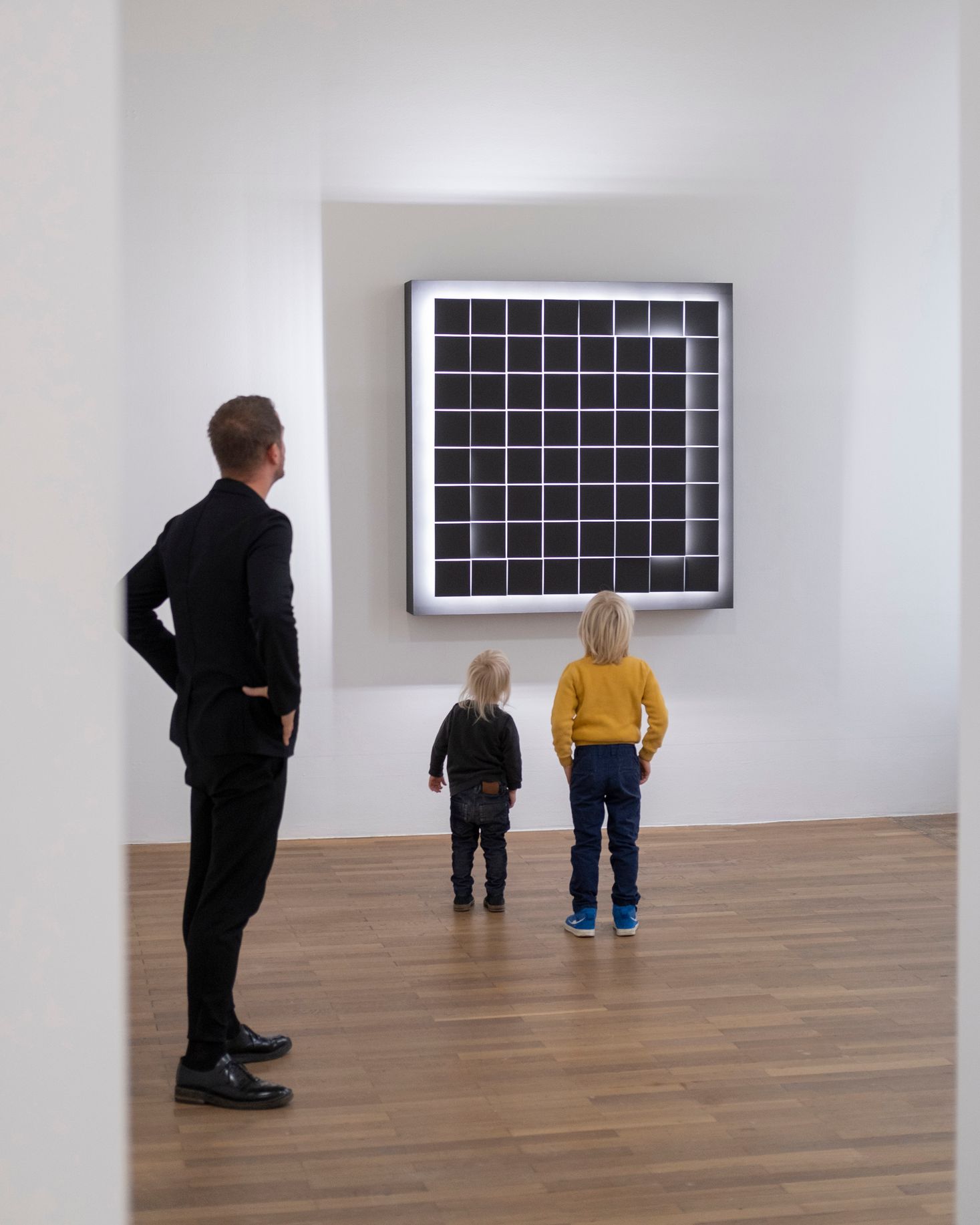Hair stylist Vito d’Attoma also loves the local vibe. He was born in Luxembourg but his family is originally from Perugia, Italy. He has spent his entire career in the Fëschmaart district. “The neighbourhood is special. It represents the traditional side of Luxembourg, and the merchants are like family,” he says, wielding a comb.
Across the street, art restorer and owner of vintage café “Kaale Kaffi”, Mustafa Solak agrees. For the Turkish-born art restorer, who studied in Florence, opening this café is a dream come true. “My concept is “vintage and more!” This is a place of fresh perspectives. Many people work or read here during the day. It’s a bit like a living room,” says Mustafa, serving a juicy orange cake. A glance around the room confirms this. And in the glow of the old-fashioned lamps, everyone is smiling.
Wellness and cosy pampering are also à la carte at the Hôtel Parc Beaux-Arts, a small, comfy hotel with around a dozen suites. It is filled with art mainly by Luxembourgish artists. Three townhouses that are over 300 years old were melded into one to form the hotel. “Everything was redone. It was a lot of work,” says owner Marcel Goeres. He is a veteran of the Luxembourg hotel industry, full of passion and humanity. He likes coming up with new ideas to share his love of the country and the city. The Hôtel Parc Beaux-Arts has been a safe haven in the old town since 2005. Come for the inspiring boutique hotel ambiance and warm, genial staff. Marcel Goeres enjoys his “Wäinzoossiss” on a traditional “Old Luxembourg” plate. The well-known white and blue Villeroy & Boch crockery used to be manufactured in the capital’s Rollingergrund neighbourhood. “Tradition is everything,” says Marcel Goeres. “We value local production.”
